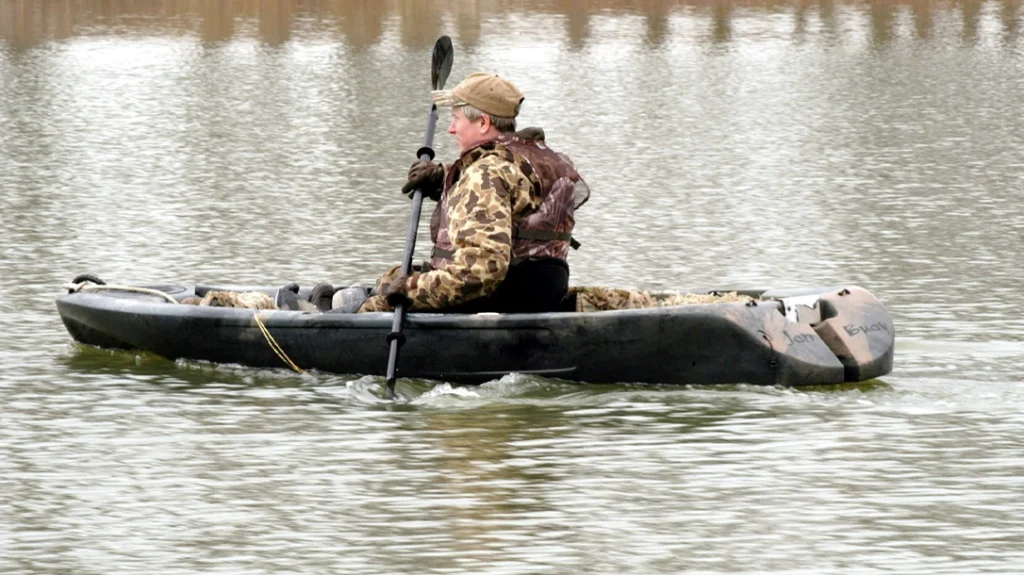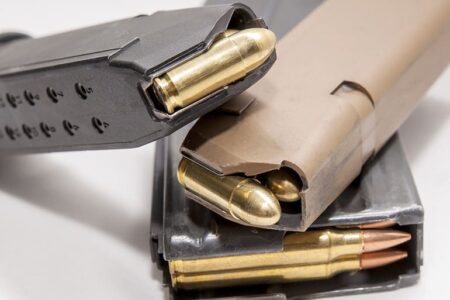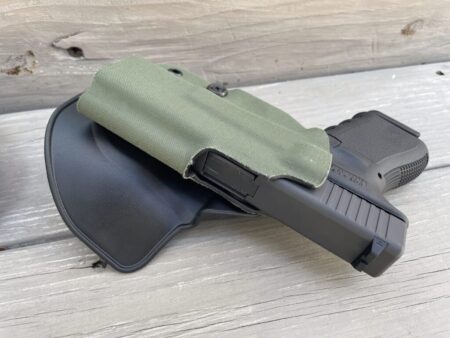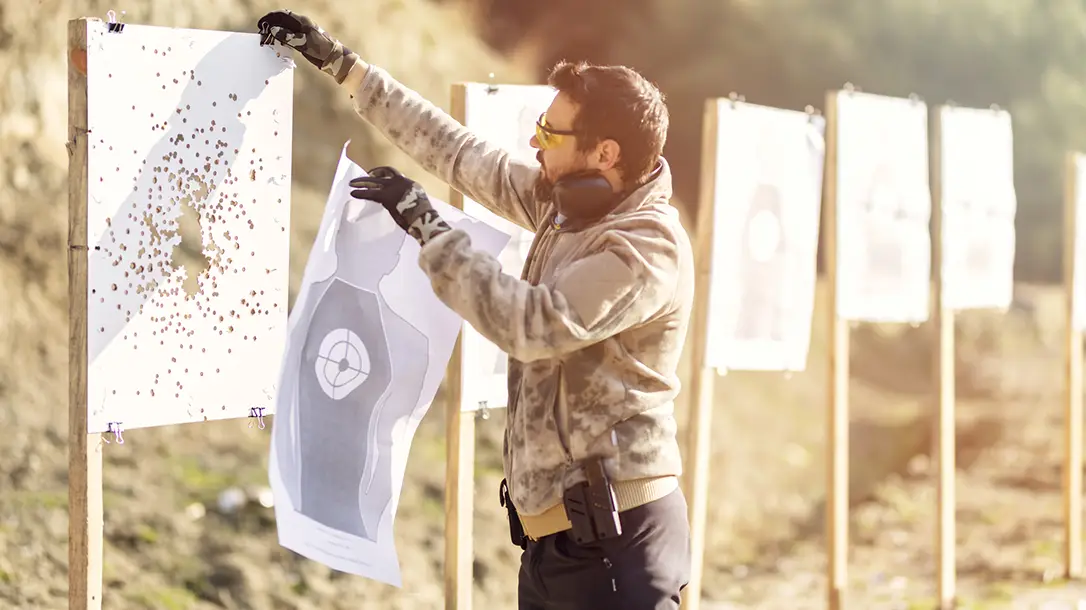Anytime you’re heading out to be on water, whether it’s your next fishing trip or boating joy ride, it is extremely important to be aware of all the risks that entail being on the water.
Waterborne adventures are a lot of fun, but let’s go over some of the potential dangers and risks that can take place over water–and what you can do to be prepared for them.
Fatal Accidents On The Water
In 2023, the United States Coast Guard reported over 4,000 boating accidents. These incidents resulted in hundreds of deaths, injuries and millions of dollars worth of property damage.
Advertisement — Continue Reading Below
These statistics also tell us that the leading cause of death in recreational boating accidents was drowning. The use of alcohol was the leading contributing factor in fatal boating accidents too. On top of that, 75% of fatal boating accident victims did not have proper safety instruction according to American Boating.
Kayaking fatalities, though not common, are higher than rafting fatalities. In 2021, kayaking, canoeing, and paddleboarding accounted for 160 fatalities. Kayaks are listed as the second most frequent vessel type involved in fatalities, after open motorboats, according to Paddling Magazine.
Due to the physical nature of rowing, injuries are more common than actual fatalities in kayaking. Kayaking injury rates range from 3 to 6 per 100,000 boating days. Common kayaking injuries include overuse injuries like tendonitis, carpal tunnel syndrome and lower back pain. In addition to muscle, joint and tendon strain injuries, the risk of environmental hazards like hypothermia is also a possibility.
Advertisement — Continue Reading Below
It’s Called A Life Preserver For A Reason
Not wearing life jackets or personal flotation devices (PFD) while kayaking or rowing are cited as reasons for the increase in these smaller watercraft fatalities.
Personally, I used to know kayak anglers that tragically passed away because they were not wearing a PFD while kayaking. The worst part is that this type of accident is very avoidable. I highly and strongly recommend that every kayaker wear a PFD every time they hit the water.
Advertisement — Continue Reading Below
I always hear common excuses such as “I know how to swim”. But knowing how to swim doesn’t cut it. Wearing a PFD is not for when you plan to swim, it is for when you don’t plan on swimming. Not to mention, there’s other circumstances that can occur on the water like heat strokes, boating collisions, unexpectedly capsizing, getting tangled in your gear or being trapped below the water. All are very real and valid reasons to always wear a life jacket.
You just never know what could happen on the water, so it is always important to be prepared.
As I always say, prepare for the swim, not just the paddle.
Advertisement — Continue Reading Below
ALWAYS wear your PFD.
Visibility On The Water

In addition to PFDs, visibility products are other important safety items that should be kept onboard a boat or kayak. For example, I keep a visibility flag and light from YakAttack on my own kayak. Having these two visibility safety accessories allows me to keep on hand an easily visible orange and reflective that sits in an elevated position. This in turn makes it easier for other boaters to notice me during the daylight hours. For dawn or twilight or trickier environmental lighting conditions, there’s a 360-degree visible light that sits on top of the flagpole for added visibility.
Advertisement — Continue Reading Below
It’s so important to ensure that other boaters and people on the water can easily see you. Beyond common sense, being seen helps everyone on the water avoid collisions.
For boats of all sizes, the US Coast Guard requires a 360-degree visible light in low light conditions. This rule ensures that boaters remain as visible as possible.
Don’t Forget Your First Aid Kit

Advertisement — Continue Reading Below
Ever get a hook in your hand or cut yourself with a sharp object? In addition to visibility flags, lights and the all-important PFD, there is always room to bring along a simple first aid kit with bandages, anti-bacterial ointments, tweezers, forceps, instant ice packs, tourniquets and other medicines and tools to ensure. Having a first aid kit on hand lets you address everything from a minor scrape to severe arterial bleeding. Remember, in case of emergency, every second matters. Only 23% of boaters only carry basic or inshore medical kits. This indicates a need for more comprehensive first aid supplies.

The US Coast Guard requires specific safety equipment based on vessel size, including personal flotation devices (PFDs), visual distress signals, sound-producing devices and fire extinguishers. Lighting options such as the products from Guardian Angel or other manufactures are great for visual distress signals.
A small compact air horn is a perfect option for any size kayak or boat. This is a very useful to also keep on hand because it will facilitate alert boat traffic and other watercraft near your location.
For those who love to spend time out on the water fishing, I highly suggest anti-biotic ointment, hook removal training, plenty of drinkable water and your life jacket, of course.
I cannot emphasize the importance of PFDs enoughs. Paddlers and rowers, especially in canoes, kayaks, and stand-up paddleboards, are more likely to drown than those operating larger vessels. Proper preparation, skill assessment, safety gear, and awareness of potential hazards, are all crucial details that can help prevent kayaking accidents.
Whether you are going out on your kayak, boat or paddleboard, use the proper safety precautions and have some fun!
Pro Tips For Watercraft
Always check your drain plugs and make sure they are tight and have their full integrity. Make sure you go through a pre-launch checklist before leaving land. Preparation is key and the more you prepare, the more successful you will be on the water.
Read the full article here












